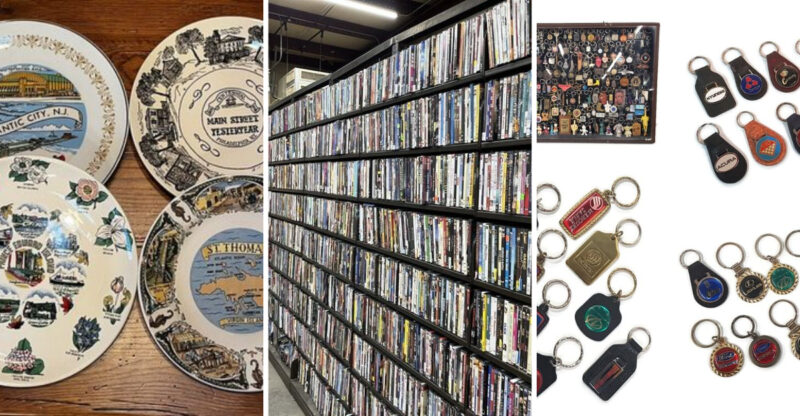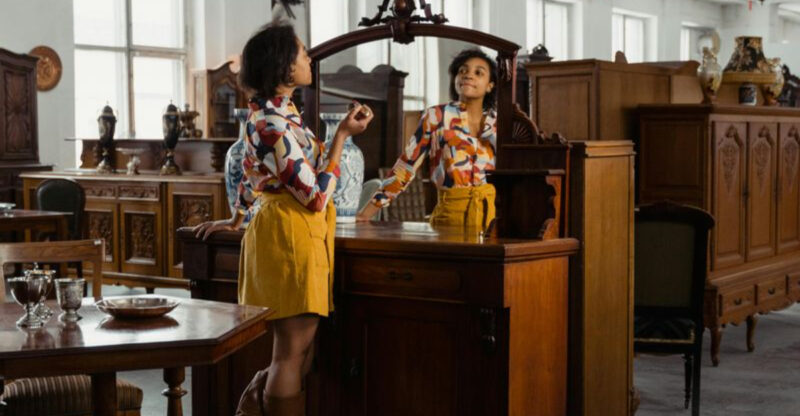7 Indiana Collectibles Losing Value Fast While 4 Are Now Almost Worthless
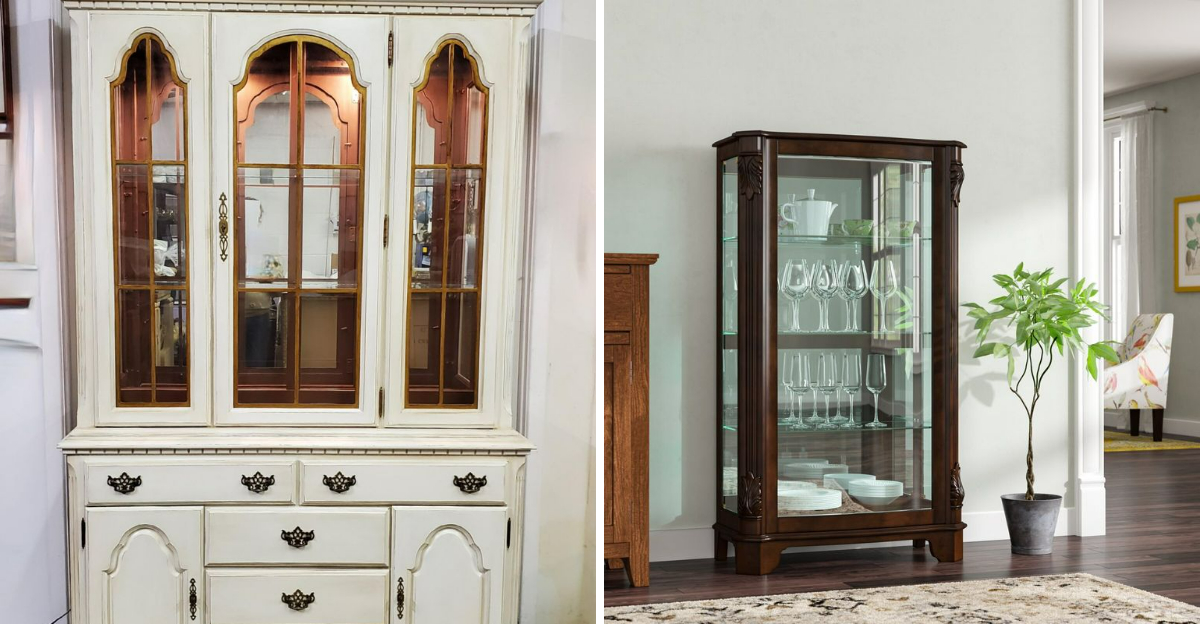
I’ve watched countless Hoosiers discover their once-prized collections aren’t worth what they thought. Indiana homes are filled with items that seemed like smart investments decades ago, but the market has shifted dramatically.
Some collectibles are dropping in value quickly, while others have become nearly impossible to sell. Understanding which treasures are losing their worth can help you make smarter decisions about what to keep and what to let go.
1. Hummel Figurines
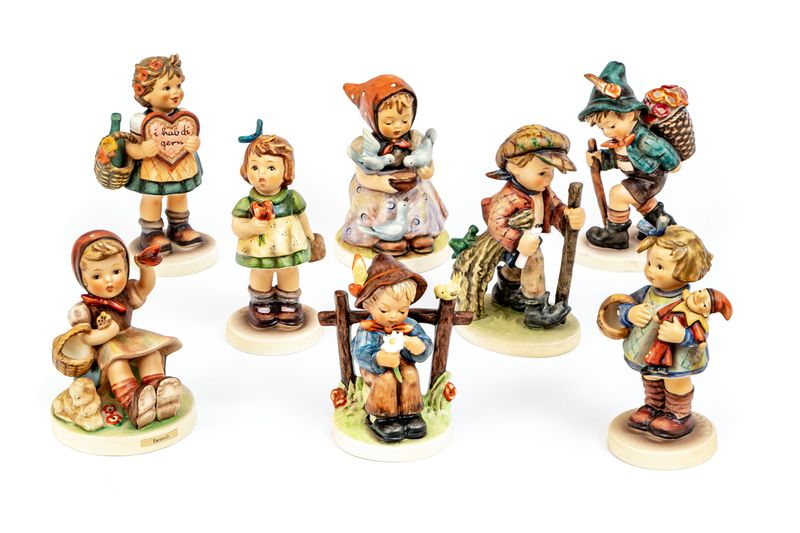
Once considered heirlooms worth hundreds, these German porcelain children have lost their appeal with younger generations. Your grandmother might have cherished her collection, but today’s buyers simply aren’t interested.
The market is flooded with Hummels from estate sales across Indiana. Most pieces now sell for just a fraction of their original price, and finding buyers has become increasingly difficult for collectors hoping to cash in.
2. Longaberger Baskets
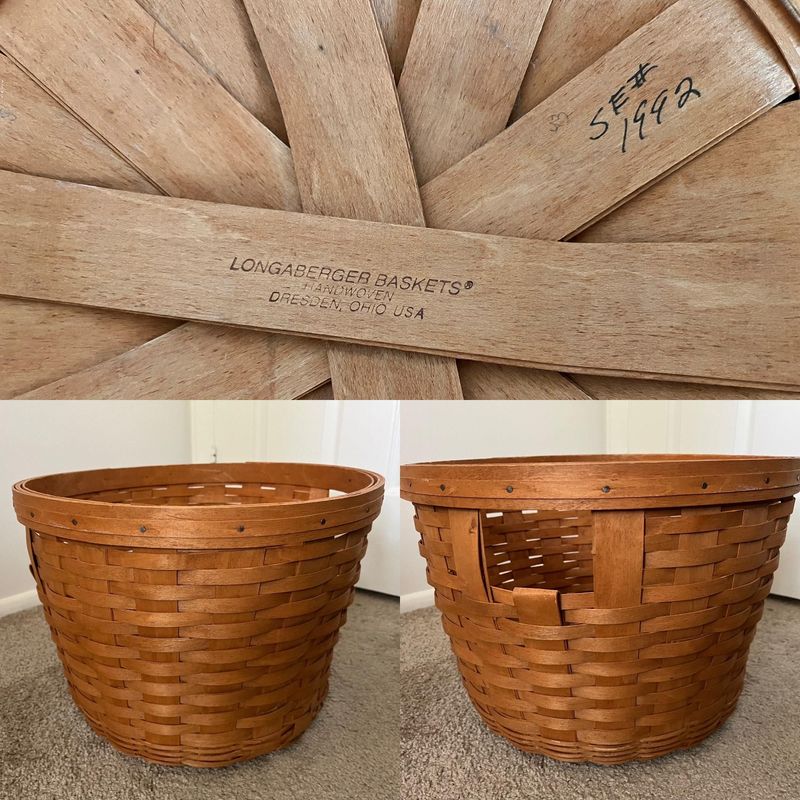
These handwoven baskets from neighboring Ohio were everywhere in Indiana homes during the 1990s and early 2000s. People hosted basket parties and spent thousands building collections they believed would appreciate over time.
After the company’s closure, resale values plummeted dramatically. You’ll find them at garage sales for just a few dollars each, a sad ending for baskets that once commanded premium prices and loyal followings.
3. Precious Moments Figurines

Sam Butcher’s teardrop-eyed characters captured hearts throughout the 1980s and 1990s. Indiana gift shops couldn’t keep them in stock, and collectors eagerly awaited each new release with genuine excitement.
The secondary market has collapsed as demand vanished almost overnight. Even rare pieces struggle to fetch decent prices online, leaving devoted collectors disappointed when they attempt to downsize their once-valuable collections.
4. Collector Plates
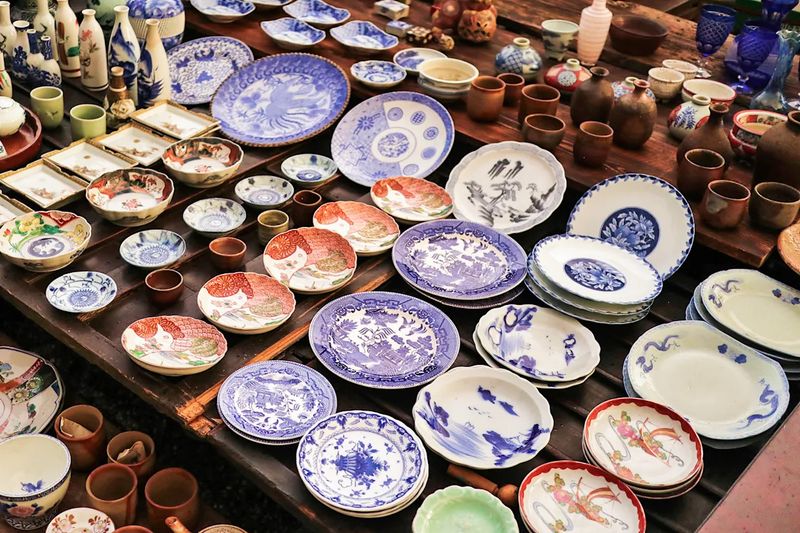
Bradford Exchange and Franklin Mint convinced thousands of Hoosiers that limited-edition plates were solid investments. Advertisements promised these commemorative pieces would become family treasures worth substantial money someday.
Reality hit hard when collectors tried selling them later. The plates rarely appreciate and often can’t even be given away at thrift stores, making them one of the most disappointing collectible investments ever.
5. Mass-Produced Reproduction China Cabinets

Furniture stores across Indiana sold these cabinets as elegant storage solutions for fine dishes. Families paid good money for pieces that looked antique but were actually modern reproductions made overseas with lower-quality materials.
Younger homeowners prefer minimalist designs and open shelving concepts instead. These bulky cabinets now crowd donation centers and online marketplaces, with sellers struggling to find anyone willing to haul them away.
6. Overly Ornate French Provincial Dressers

This fancy bedroom furniture style dominated Indiana homes from the 1960s through the 1980s. The elaborate details and curved legs seemed sophisticated and expensive to previous generations who loved traditional European-inspired designs.
Modern tastes have shifted toward clean lines and simpler aesthetics completely. These heavy, fussy dressers are practically impossible to sell now, even at rock-bottom prices, frustrating owners who need to clear them out.
7. Tuscan-Style Scrollwork Mirrors
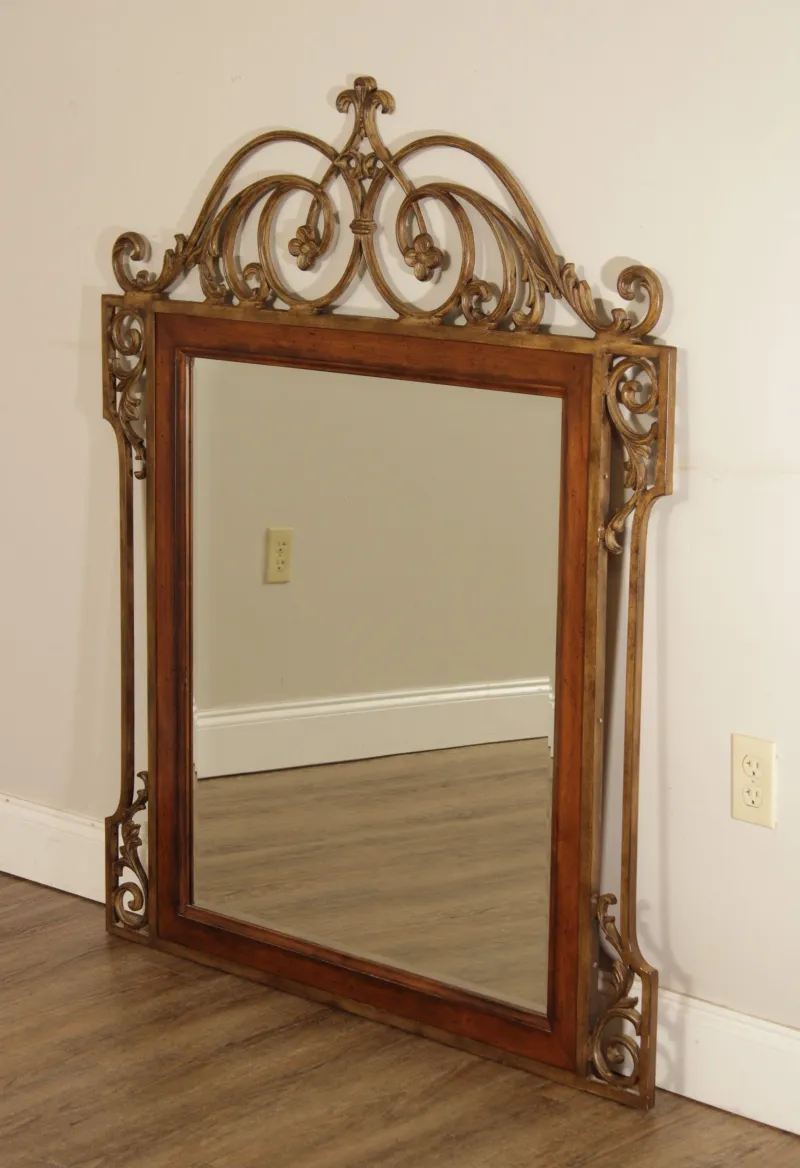
The Tuscan decorating craze swept through Indiana during the early 2000s. Homeowners eagerly bought these elaborate mirrors with heavy scrollwork frames, believing the Mediterranean look would remain timeless and elegant forever.
Farmhouse and Scandinavian styles have completely replaced this trend now. The mirrors look dated and overwhelming in modern spaces, causing their resale value to drop significantly as decorating preferences continue evolving toward simpler designs.
8. Beanie Babies
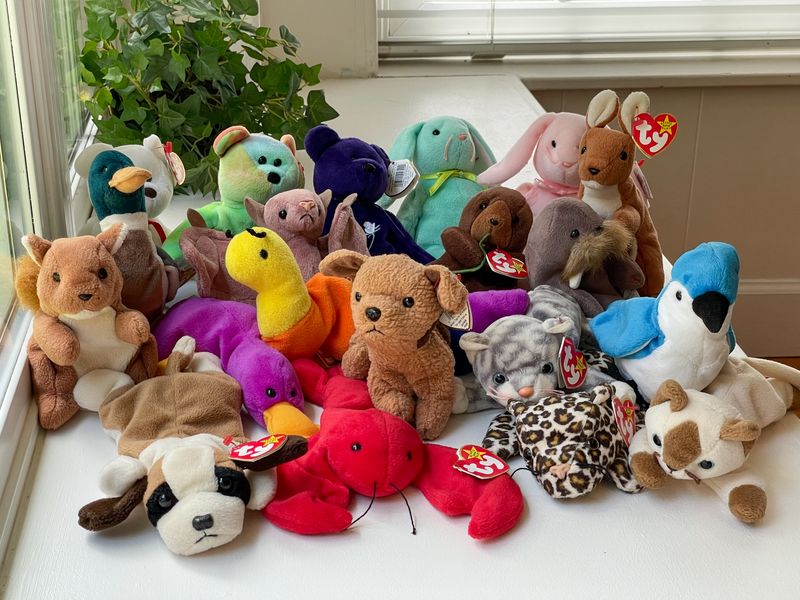
Remember when people thought these plush toys would fund college educations? Indiana collectors stored them in protective cases, convinced certain bears would become incredibly valuable investments worth thousands of dollars.
The bubble burst spectacularly years ago, leaving millions of Beanie Babies essentially worthless. You can buy entire collections for pennies per toy now, making this one of history’s most famous collectible failures that disappointed countless hopeful investors.
9. Vintage Avon Bottles
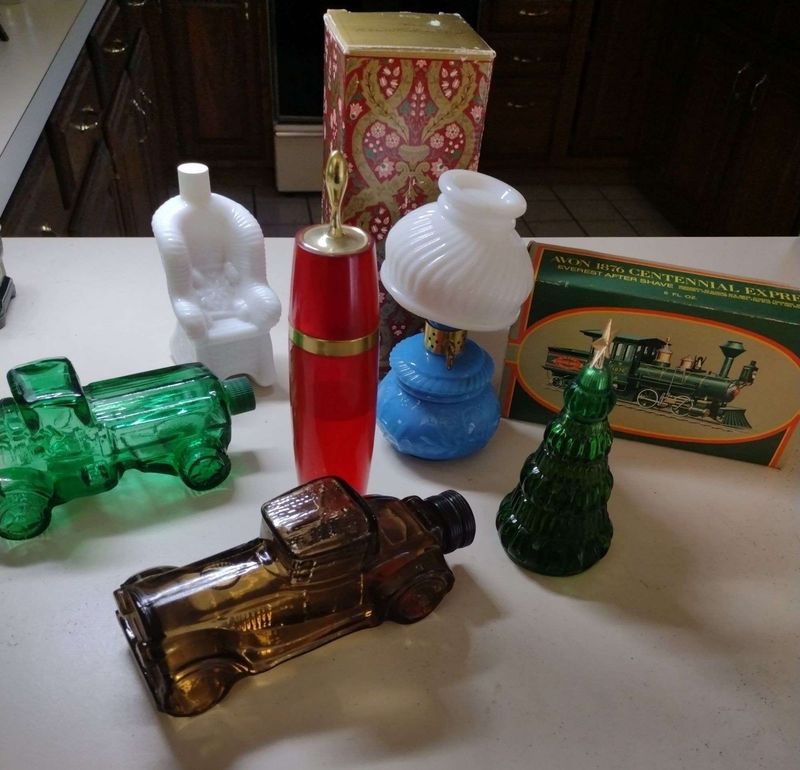
Avon’s novelty cologne bottles seemed collectible when they first appeared decades ago. Indiana households accumulated these decorative containers shaped like cars, animals, and historical figures, often displaying them proudly on bathroom shelves.
The collectibles market has completely ignored them in recent years though. Even pristine bottles in original boxes sell for just a dollar or two at most, disappointing those who saved them carefully expecting significant appreciation over time.
10. Depression Glass
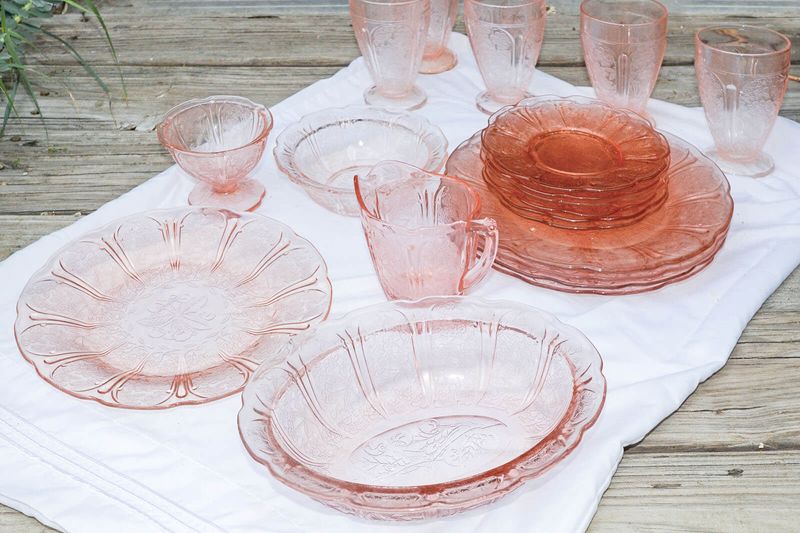
Your great-grandmother’s colored glassware from the 1930s once commanded respect from antique dealers. Indiana antique malls were filled with booths specializing in these delicate pink, green, and amber pieces that seemed historically significant.
The market became oversaturated as every family sold their inherited pieces simultaneously. Common patterns now sell for just a few dollars per piece, making Depression glass nearly worthless except for exceptionally rare examples.
11. Heavy Mahogany Curio Cabinets
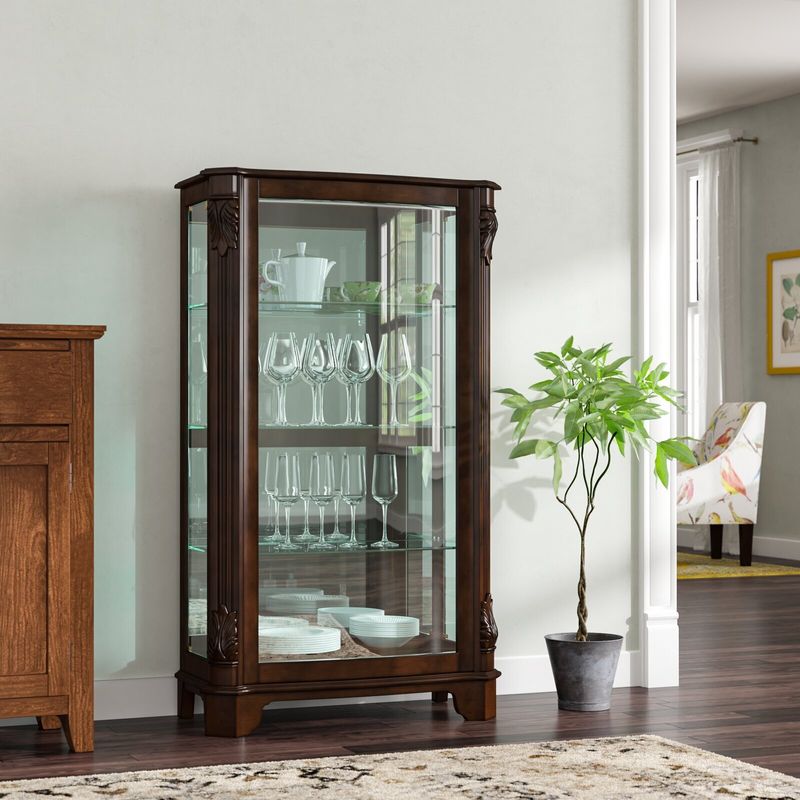
These massive display cases were status symbols in Indiana living rooms for generations. Families showcased their finest collectibles behind curved glass doors, and the solid mahogany construction suggested quality and permanence that would last forever.
Nobody wants dark, bulky furniture anymore, period. These cabinets are nearly impossible to give away, even for free, because they’re too heavy to move and don’t fit contemporary decorating styles at all.

